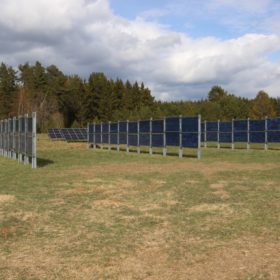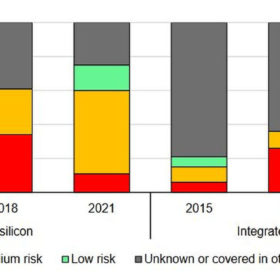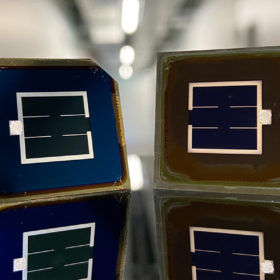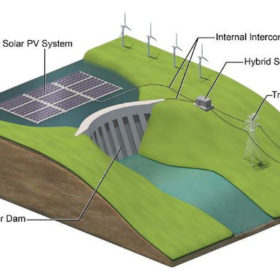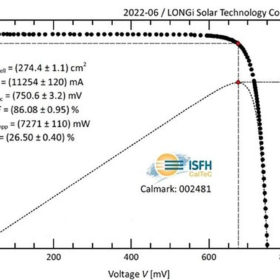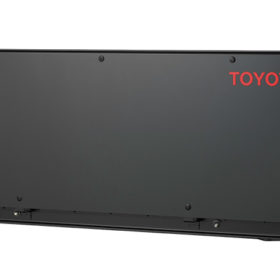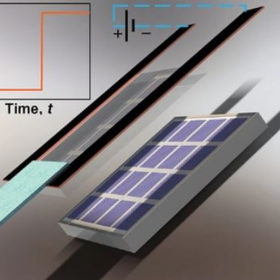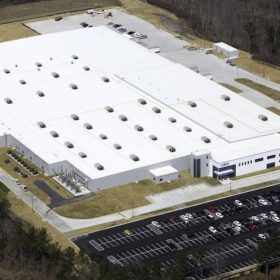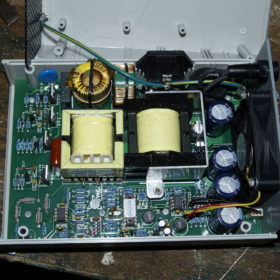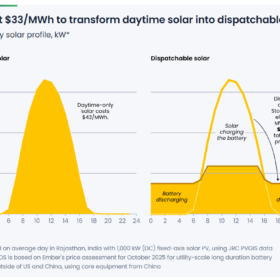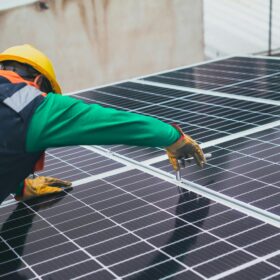The stabilizing effect of vertical east-west oriented PV systems
German researchers have looked at how vertical PV systems could provide more electricity during periods of higher demand, while enabling a higher level of integration with agricultural activities.
One-third of global PV manufacturing capacity is at medium or high risk of bankruptcy, IEA says
A new report from the International Energy Agency stresses the importance of geographically diversifying the global PV supply chain. This would prevent supply chain vulnerability to bankruptcies and underinvestment.
CSEM, EPFL achieve 31.25% efficiency for tandem perovskite-silicon solar cell
The new world record was independently certified by the National Renewable Energy Laboratory (NREL) in the United States.
Hybridizing floating solar with hydropower
Scientists from the National Renewable Energy Laboratory (NREL) have said that the combination of floating solar with hydropower could reduce PV curtailment.
Longi’s heterojunction solar cell hits 26.5%
Germany’s Institute for Solar Energy Research Hamelin has confirmed that Longi’s new heterojunction solar cell has achieved a power conversion efficiency of 26.5% – an improvement of 1.1%.
Toyota unveils 8.7 kWh battery for residential applications
The battery has a rated output of 5.5 kW and can be installed in outdoor environments. It is equipped with a hybrid power conditioner, a DC-to-DC converter, and a vehicle power supply adapter with a maximum output of 1.1 kWh.
Missile strike destroys solar plant in Ukraine
Two Russian missiles have hit a ground-mounted solar plant near Kharkiv, Ukraine. According to the manager of the plant, the missile attacks produced holes at the site that measured 6 meters deep and 11 meters in diameter.
‘Pulsed Joule heating’ tech to remove snow, frost, ice from solar modules
University of Illinois scientists have developed a way to remove snow and ice from solar panels at a much faster rate than conventional approaches. It is based on a glass coating on a film with high optical transparency and superhydrophobicity.
Hanwha Solutions to expand solar cell and module manufacturing in the United States and Korea
Hanwha announces an investment of $320M in cell and module manufacturing capacity expansions to meet the growing global demand for sustainable energy.
How grid-forming inverters may enhance grid synchronization
US researchers have investigated how grid-forming inverters could help to resolve network synchronization issues. They have found that multi-loop devices could offer strong damping support in power systems with intermittent renewables.

